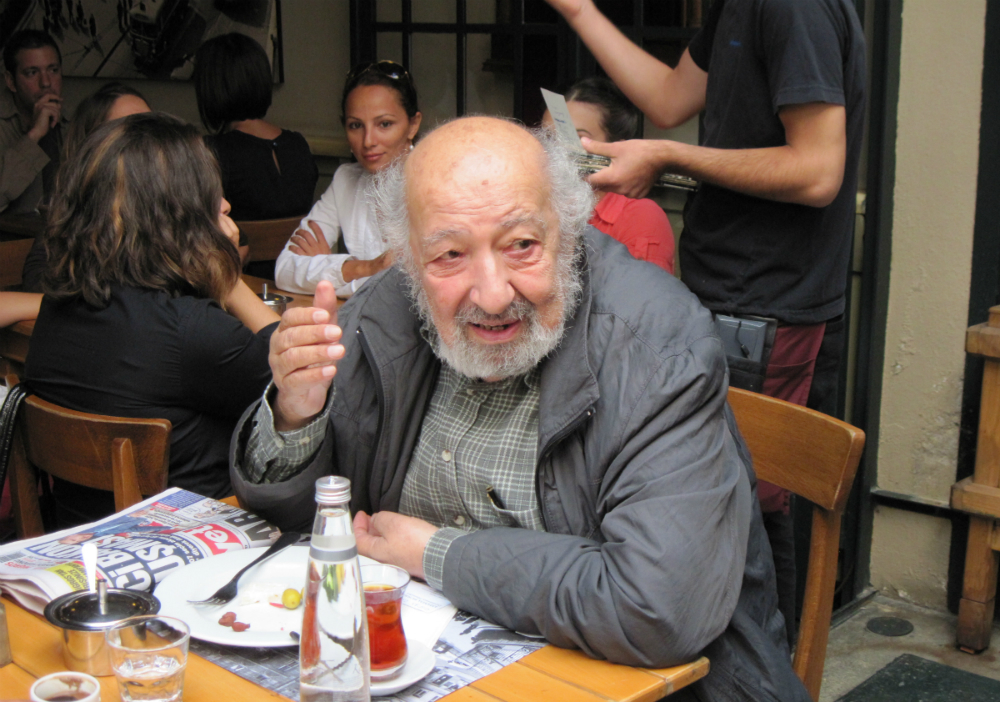The death of photographer Ara Güler was confirmed, then denied, then confirmed again as fact in the media.
Death is the same as life: at one point flickering, then turned off, then it seems to be imagined, then reality.
And this is very symbolic, especially in the case of Ara Güler, who captured almost all the photos (almost a million) in the exact area where man is molding his environment, and the difference between reality and creation becomes unnoticeable.
Life is real, but it is invented every time it appears. And this is not a paradox, but a necessary starting point for all major creators.
Of course, Istanbul-based Ara Güler was originally a documentary photographer, thanks to which, for decades Istanbul acquired its visual description, fragile, happy, caring, melancolic, waiting…
His photo-stories, series, and individual photos began to generate energy for inspiration.
As another documentary writer and fan of Istanbul, Orhan Pamuk, wrote in the preface of Güler’s photography-book, “Ara Güler managed to preserve the city for millions of people, with all its riches and poetry.”
Pamuk’s book “Istanbul,” which was awarded the Nobel Prize, was decorated with hence Güler’s photos. It wouldn’t work out any other way, because the meaning of words and images for both of these creators is the landscape, flowing, transient, lasting memories and subconsciousness.
Ara Güler has received many awards for taking photos of some of the most famous people of the 20th century (Winston Churchill, Salvador Dali, Pablo Picasso, Aram Khachatryan, Alfred Hitchcock, Mark Shagali, Indira Gandhi and more).
He was called “Istanbul’s eye,” since he would first study the mood of his city, the lights and shadows, human remnants, without any excessive intervention and theatricalization.
It would be right to say that he made a portrait of a human being a landscape in the greatest sense of the word.
Approximately this way: Initially, he found the landscape surrounded by air, water, stone and a part of the street, with the story that was taking place right now and then, and then made that person a part of the story.
The person did not dominate the photograph, but woven into the landscape, becoming an element of air flow and sand grains.
And this is a special attribute of oriental culture. See all without fragmentation, catch tracks all over the moving parts.
He liked to sit in the cafe with his name, in the center of Istanbul, and talk with people, to continue witnessing and tell the story of his time.
“Taking a photo of a person will not work unless you have a conversation with them,” he said.
The tremendous archive created by 90-year-old Ara Güler’s has long talked to viewers without the author’s physical existence.
Nune Hakhverdyan







